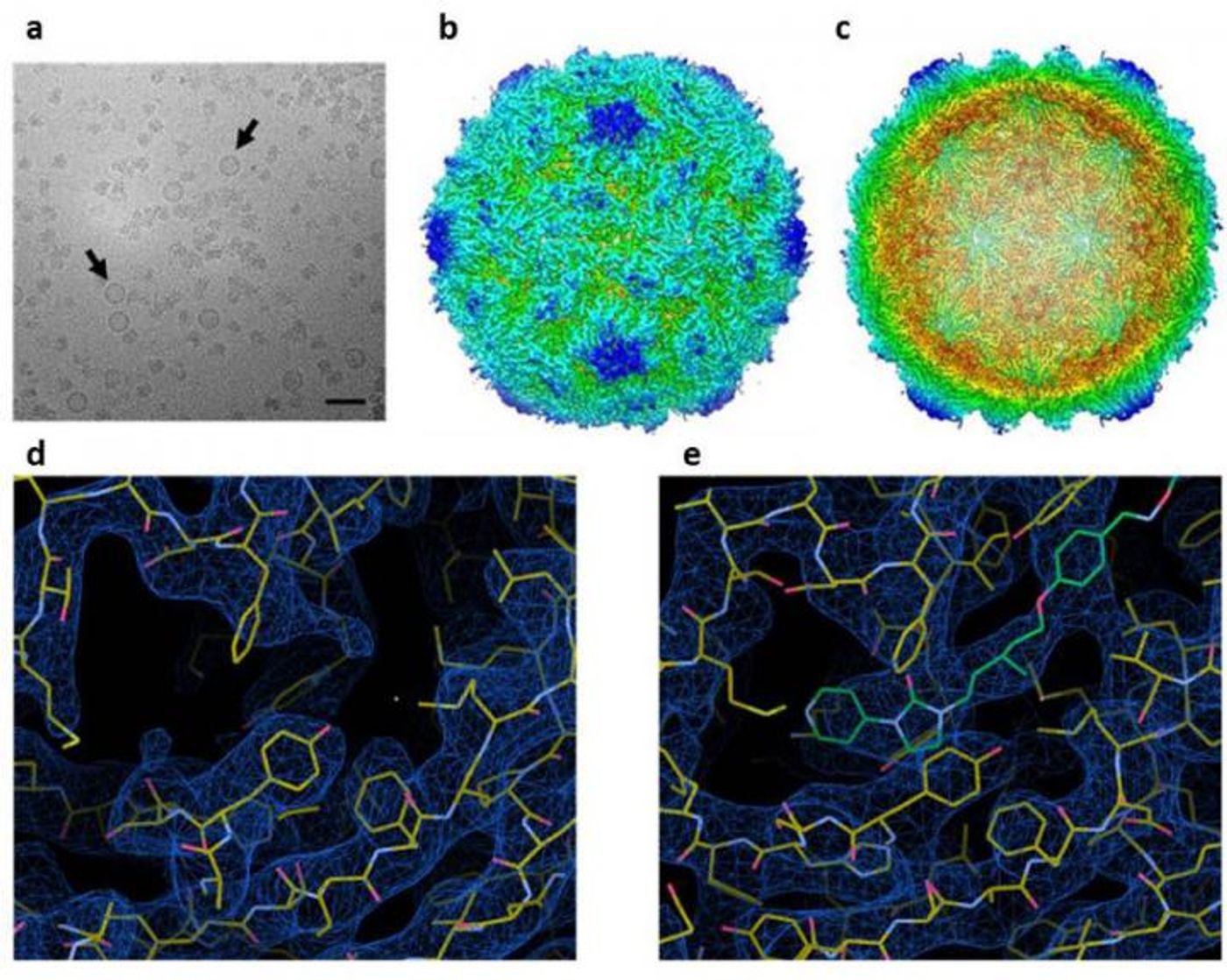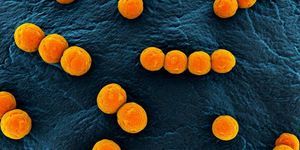Since the development of vaccines protecting people from the disease in the 1950s, polio has been all but eradicated. Several hundred cases of the destructive disease still appear every year, but the development of a new vaccine is raising hope that polio could be completely eradicated once and for all.
From the John Innes Centre and collaborators from The National Institute for Biological Standards and Control, Oxford University, University of Leeds, Diamond Light Source, and the Henry Wellcome Building for Genomic Medicine, scientists introduce virus-like particles (VLPs). They look just like poliovirus, but they’re noninfectious. Researchers designed them without the nucleic acids that drive viral replication, but they’re still similar enough to trigger an immune response that later protects individuals from actual polio infection.
The new VLP-based vaccine approach for polio could work better for total eradication than existing vaccines, because the current approach uses live-attenuated viruses for vaccine development. These are weakened strains of the poliovirus that trigger an immune response without causing disease. However, scientists need the original poliovirus to make live-attenuated vaccines, and there will always be a risk of polio spreading if the viable virus is still out there.
Researchers developing VLPs seek to maximize their efficiency by “growing” them in plants. This works by injecting genes into a plant that contain instructions on how to make VLPS. Then, the plant does all the work; it uses its own “protein expression mechanisms” to mass-produce VLPs. This is a part of the “Hypertrans transient plant expression system” developed at the John Innes Centre, and this process could potentially be useful for the production of other vaccines too.
"The beauty of this system of growing non-pathogenic virus mimics in plants, is that it boosts our ability to scale-up the production of vaccine candidates to combat emerging threats to human health," explained George Lomonossoff from the John Innes Centre.
The new system is cost-effective, as plants only need simple nutrients to grow, and in theory it can be easily adjusted at little to no cost. Going forward, Lomonossoff and the other scientists on the project are looking to transform the process into something that’s capable of being a practical source of polio vaccines. For now, via laboratory tests with animal models, researchers have successfully conferred immunity to poliovirus.
The History of Polio
The prevalence of polio was reduced by 99 percent since 1988 thanks to the Global Polio Eradication Initiative. "It was known as the summer plague, and here in Norwich the main source of it was bathing in the river Yare near Earlham Park,” Lomonossoff recalled.
Paralytic polio often led to a loss of respiratory function resulting in the application of the infamous iron lung to keep people alive. Infection with poliovirus causes destruction of motor neurons in the central nervous system.
The present study was published in the journal Nature Communications.
Source: John Innes Centre









